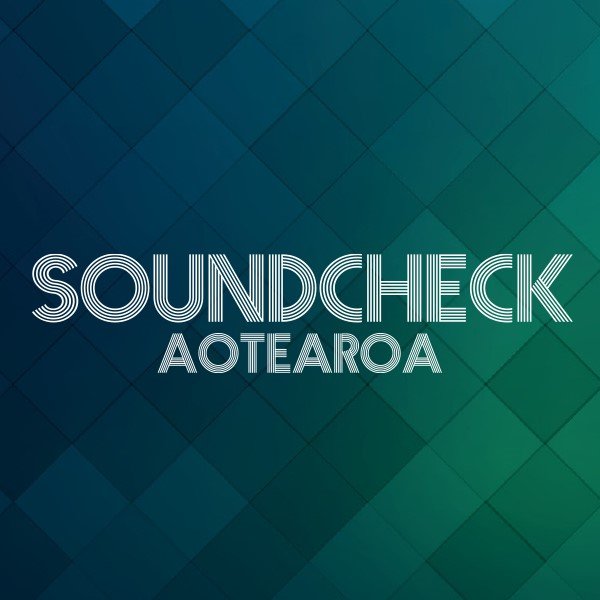PREVENTION: WHAT CAN YOU DO?
The person responsible for sexual harassment is the person who has done the harm. It should never be on a survivor’s shoulders to prevent sexual harassment as it is happening.
Preventing sexual harassment is a community responsibility and we can all do something to help create an environment where sexual harassment is less likely to happen in the first place. Whether it’s putting in place safety measures to manage the risk, modelling respectful behaviours, or ‘saying something when you see something’, we can all help make a difference.
Managers and people responsible for a business or undertaking (PCBUs) also have an important role in creating safer environments by understanding the risk in their setting, planning to reduce the risk and putting in place strategies to encourage healthy and respectful relating.
WorkSafe requires people running a business (PCBUs), to put safety measures in place to manage the risk of sexual harassment by:
Building good relationships in a respectful work environment e.g. Have a code of conduct that describes expected behaviours
Educating your people about sexual harassment e.g. Put up posters reminding workers what’s acceptable work behaviour; provide training on sexual harassment prevention and response
Developing good managers e.g. Train managers to understand sexual harassment and use your workplace sexual harassment policy
Making sure everyone knows their responsibilities e.g. using clauses about sexual harassment in your contracts, emails arranging collaborations etc. Having a checklist of prevention activities to implement
Make your sexual harassment policies, processes and systems transparent e.g. using health and safety briefings
Make sure your workers (and others) know how to report sexual harassment e.g. put in place a sexual harassment contact system like the Merlin’s Pass System
Provide protection and support to workers who experience, see and/or report sexual harassment (including bystanders) e.g. if someone reports sexual harassment to you take it seriously and follow the process set out in your policy
A sexual harassment policy, code of conduct and training about the policy are basics needed in any business, regardless of its size. This way, everyone can be clear on what kind of behaviour is expected, what sexual harassment is, and what will happen if sexual harassment is reported. In addition to this, you can also use posters, health and safety briefings to help set the culture and encourage respectful relating.
If you are running an event or working in a specific venue or setting, you might like to consider putting in place a range of safety measures to address the specific risks in your setting. Whether it is a one off event, a permanent workplace or a short collaboration, we can all look for opportunities to prevent sexual harassment by considering the people, places and opportunities around us.
To see what you can do to help prevent sexual harassment, either select from the above hyperlinks or look at the links below.
See prevention resources for:
Recording settings (studios, producers etc)
If sexual harassment has already happened and you are concerned with preventing further harm in your workplace, please also see the Responding: What to do when sexual harassment happens page.
For more inspiration check out these resources:
(SoundCheck Aotearoa has provided any links to third party websites as useful examples and does not necessarily endorse the organisations concerned. Please also note some examples are from overseas jurisdictions where laws may differ and are included purely for guidance)

